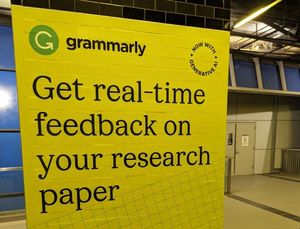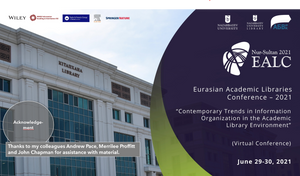I came across CIP (Classification of Instructional Programs) last year.
The CIP is a taxonomic coding scheme that contains titles and descriptions of primarily postsecondary instructional programs. It was developed to facilitate NCES’ collection and reporting of postsecondary degree completions by major field of study using standard classifications that capture the majority of reportable program activity. The CIP: 2000 edition is the third revision of the CIP. It was originally published in 1980 and was revised in 1985 and 1990. The CIP is the accepted federal government statistical standard on instructional program classifications and the 2000 edition has been adopted as the standard field of study taxonomy by Statistics Canada. [Classification of Instructional Programs: 2000 Edition]
I have not seen any note of its use to organize resources in library or information services, but then I have not looked very hard.
I did wonder whether it made sense for libraries to use this in various ways — Conspectus comes to mind, for example — as it would more closely tie collections to the teaching priorities of the institution. I have no sense, though, of how widely used CIP is, or how many institutions have mapped their courses to it.
An example where it might be useful is to asses collections in terms of a CIP-like scheme: UK university departments are routinely assessed on their teaching strengths. A part of this assesment involves examining the adequacy of the library collections for the subject being assessed. However, currently library resources may not be organised in a way that allows them to be easily tied to the subject units of assesment.
In this context, I was very interested to read Organisational structures: delivering resources to faculties which explores the potential use of JACS as a way of organising resources within portals. JACS is a UK system which seems to sit in a similar space to CIP.



